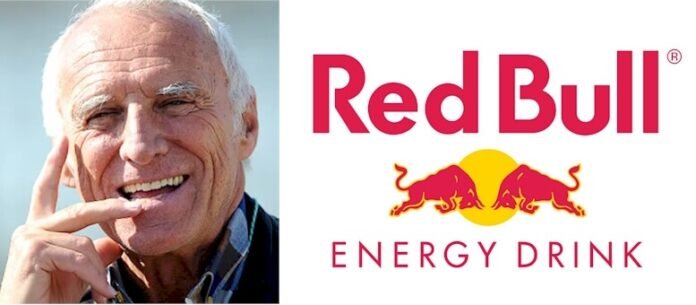Let’s explore the Red Bull logo and the history behind the beverage company.
Have you ever imagined developing wings after drinking an energy drink?
Well, the owners of Red Bull think so! That’s why they have chosen a slogan that states, “Red Bull gives you wings.” Red Bull traces its root to Krating Daeng—a celebrated energy drink from Thailand. Interestingly, the name Krating Daeng translates into English as Red Bull.
This Thai beverage was famous among the working class—notably truck drivers. It comprises taurine, caffeine, and sugar. The mixture reduces mental stress, improves endurance, increases alertness, and rejuvenates the body. With these effects, Red Bull is more than a soft beverage.
So, it’s no surprise that the beverage is the favorite among athletes, drivers, politicians, musicians, and others with active lifestyles. Red Bull owes its global fame to Dietrich Mateschitz. He is an Austrian entrepreneur who teamed–up with Yoovidhya to launch Red Bull in Austria in 1987.
Dietrich and his partner formulated not only a potent drink. They exceeded expectations by developing a practical marketing concept around an impressive logo design. The trademark features two fighting bulls in front of a golden ring—a reference to energy, stamina, and action.
Under this impressive emblem is the wordmark—Red Bull. The Red Bull logo dazzles on multiple advertising channels. You can’t miss it on store shelves, sporting banners, merchandise, television, social media, etc. This is because the company is a huge fan of aggressive promotion.
The Red Bull logo is so effective that it has persuaded people to consume 7.9 billion cans of its energy drink in 2020. With these record-breaking sales, the brand remains the largest producer of energy drinks in the world. It has a strong presence in almost every country on earth.
There’s more to Red Bull. So let’s go!
Evolution of Red Bull Logo
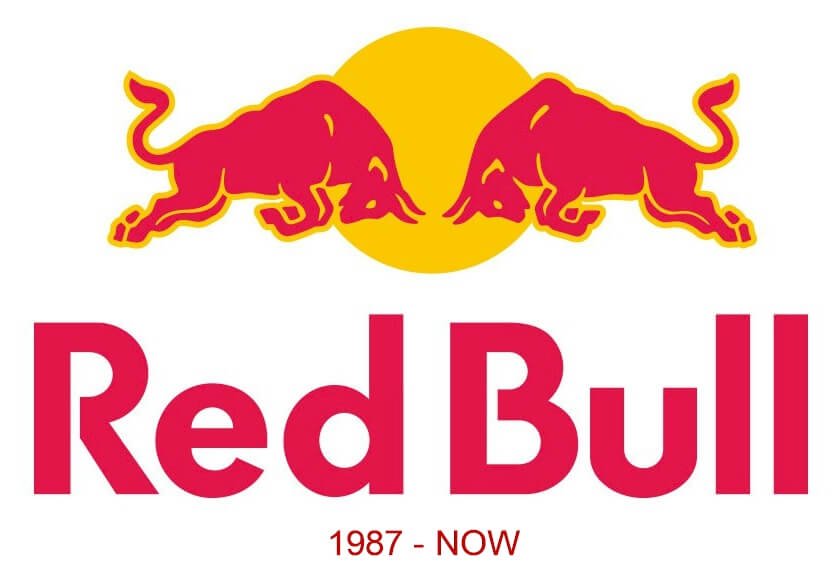
Though most logos evolve, the Red Bull logo is yet to walk that road. For a little over thirty years, the emblem has stayed untouched. So what’s the point of updating a winning logo? Someone might ask! The company is still keeping faith in its diligent and attractive emblem. Well, with no danger in sight, let’s explore the Red Bull logo further.
1987—Now:
In 1987, the Red Bull logo was born. It took inspiration from the Thai culture by illustrating the spirit and posture of two fighting bulls. The designer paints the fierce-looking bulls in red while keeping a golden circle frame behind them. Finally, he placed the brand’s name—Red Bull below the graphic image. The logo looks powerful, simple, fearless, unique, and memorable.
What Font Is Red Bull Using?
The Red Bull logo comes with a standout personality. This reflects in the designer’s choice of font. A close look at the letters—R and B shows the designer used a custom font to capture viewers’ attention. Yet, the typeface shares some likeness with Futura SH-Dem Bold. In addition, Avant Garde Gothic and Futura BQ Demi Bold aren’t far from these legible typefaces.
Why Does Red Bull Logo Work?
1. The Logo Is Unique:
The Red Bull logo is a unique trademark in the beverage industry. The presence of the fierce bulls, the solar disc, and the custom wordmark elevate the emblem above the competition. Also, these distinctive graphic elements make the logo highly recognizable.
2. The Logo Is Readable:
From a distance and across multiple surfaces, the Red Bull logo is coherent. With this in place, consumers can easily read, identify, and understand the emblem. Yes, the trademark has met this essential requirement because of its legible custom typeface.
3. The Logo Is Memorable:
It’s pretty easy for logos that are impressive to stick in the minds of people. The Bull’s trademark is memorable. It has catchy graphic features that make it unforgettable. Consumers, whether potential or actual, can recall the illustrious Red Bull logo with passion.
4. The Logo Is Classic:
Less is more! Please don’t take it as a cliché; instead, accept it as the truth in branding. For example, the Red Bull logo gives its consumers every opportunity to identify and recall its visual diplomat. To achieve this, the designer used only three design elements to evoke the brand’s charisma effectively.
5. The Logo Is Scalable:
Modern marketing channels support logos with a simple layout. So, with fewer graphic elements, the Red Bull logo is adaptable. This means it has a minimalist form that makes it elastic on multiple advertising mediums. In short, regardless of the channel, the Red Bull logo can flow.
Red Bull Logo Design Elements
 Graphic designers rely on design elements to create stunning logos that their clients would appreciate. The Red Bull logo didn’t deviate from this principle. Instead, its creator adopted graphic features that align with its emotions to convey its message to the audience. Below, you can learn more about the elements the designer used.
Graphic designers rely on design elements to create stunning logos that their clients would appreciate. The Red Bull logo didn’t deviate from this principle. Instead, its creator adopted graphic features that align with its emotions to convey its message to the audience. Below, you can learn more about the elements the designer used.
Red Bull Logo Shape And Symbol
1. The Bulls:
The red bull symbol represents work ethics. They enforce the hidden emotions of the Red Bull brand. A bull symbolizes strength, confidence, stability, and stamina. In other cultures, they represent fertility, farming, teamwork, and helpfulness. In addition, the two bulls convey the effect of drinking the Red Bull’s beverage. Without a doubt, this is a well-chosen graphic element.
2. A Circle:
Most people see the golden circle like the sun. In most traditions, people regard it as the ruler of the earth. This cosmic element represents life, light, energy, and influence. It also stands for growth, power, health, and passion. Finally, the sun signifies completeness and timelessness.
Red Bull Logo Color Scheme
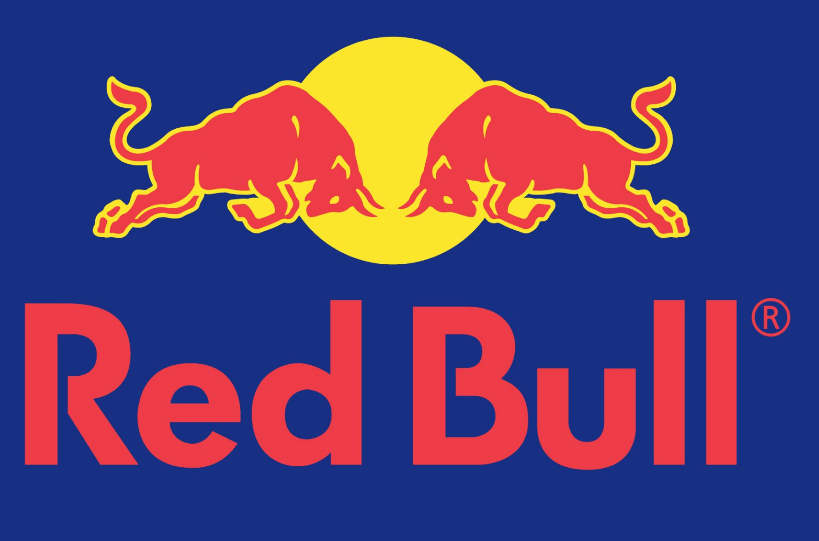
1. Red Color:
Red is the most notable color in the Red Bull logo. It marks the fearsome character of the animals and the wordmark. This primary color symbolizes love, passion, and strength. It can also evoke courage, danger, and willpower. Red is a suitable color for the brand because it represents action, energy, and enthusiasm.
2. Gold Color:
Gold is the next vital color evoking the logo’s emotion. The designer used it to capture the backdrop of the bulls, as well as their outlines. The color of some precious metals represents wealth, lavishness, and success. Also, it conveys the feelings of yellow, such as freshness, energy, and happiness.
Brief History of Red Bull
The idea of Red Bull was a rare opportunity that Dietrich Mateschitz chanced upon in 1982. It all started when Dietrich, a marketing director at Blendax, landed in Thailand during a business trip. Feeling tired from his long flight, his hostess, Chaleo Yoovidhya, offered him a beverage.
Like magic, this exotic tonic energized and relieved him of his jetlag. He loved the taste and effect of this specially–brewed drink. So he thought of bringing it to the European consumers. The beverage in question is called Krating Daeng—a Thai formulated drink by Chaleo.
Chaleo made this drink to meet the energy needs of farmers, laborers, drivers, and the lower social class. He thought these were the people who needed extra energy and not the wealthy in society. His company—TC Pharmaceutical, marketed this refreshing drink.
With permission from Chaleo, Dietrich repurposed the Thai signature drink to satisfy the European tongue. So, in 1984, both partners founded Red Bull GmbH with a $500,000 investment each. In addition, the founders agreed to give a 2% company share to Chalerm, Chaleo’s son, while they kept 49% each.
In 1987, finally, the Red Bull energy drink was unveiled in Austria. Within a year of its launch, a million cans were consumed. After this success, Slovenia and Hungary had their taste of the product in 1992. Two years later, Germany and the United Kingdom were added to the list.
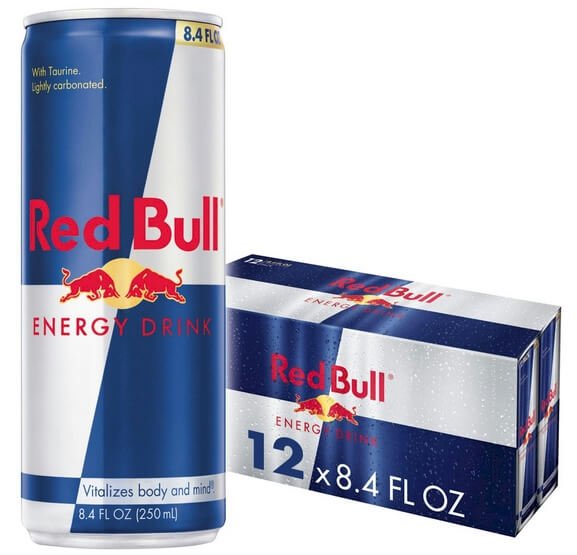
Since the company couldn’t ignore a large market like the United States, it entered in 1997. Initially, it focused on California, Oregon, Texas, and Colorado, before spreading to other states. In addition, Red Bull focuses on aggressive marketing by magnifying its slogan—Red Bull gives you wings.
Mainly, Red Bull’s promotion campaign focuses on young sports athletes. This includes mountain biking, formula one racing, snowboarding, and motorcycling. Others include football, skating, surfing, and music. Today, Red Bull dominates the energy drink market in the world.
Who Founded Red Bull?
It would be grossly unfair to name one person as the founder of Red Bull. So instead, for its global presence, I’ll give credit to Chaleo Yoovidhya and Dietrich Mateschitz. So, with little ado, let’s get to know these partners with different cultural backgrounds.
Chaleo Yoovidha
Sadly, Chaleo Yoovidhya died in Bangkok, Thailand, on 17th March 2012. His actual date of birth isn’t known, as there are several conflicting dates. He was a Thai salesman and an entrepreneur born in Phichit, Thailand, into a poor Thai-Chinese family. He had little education.
After serving his parents for a while, he moved to Bangkok to start a new life. Here, he became a salesman, selling antibiotics. With enough experience in salesmanship and drugs, Chaleo founded TC Pharmaceutical. Then in 1976, he invented the energy drink Krating Daeng.
He promoted his beverage with a logo that features two red bulls charging at each other. These bulls are native to Southern Asia and are called Krating in Thailand. This is how the drink derived its name—Krating Daeng, where Daeng means red in English.
Chaleo married two women—Noklek Sodsri and Bhavana Langdhara. Some of his children are Chalerm, Jiravat, Saravoot, and Prannada. In 2012, he was worth $5 billion, making him the third most affluent person in Thailand. He partnered with Dietrich to bring Red Bull to the world.
Dietrich Mateschitz
According to Forbes’ 2020 report, Dietrich’s net worth was $26.9 billion. This made him the 40th richest person on earth. Dietrich Mateschitz was born on 20th May 1944 in Styria, Austria. Both his parents were primary school teachers. They divorced when he was young.
Dietrich is an Austrian businessman. He received a marketing degree from the Vienna University of Economics and Business in 1972. After graduating, he worked for Unilever and Blendax before co-founding Red Bull GmbH with Chaleo Yoovidhya in 1984.
Dietrich has a son, though he has never been married. Today, he is the managing director of Red Bull GmbH and owns 49% of the company’s shares. Aside from living at Fuschl am See, Austria, Dietrich also enjoys staying at Laucala Island, off Fiji. He bought this island for £7 million from the Forbes family.
Also, he doubled as the founder of the Wings for Life Foundation. This charity organization supports spinal cord research. More so, he is a fan of sports and flying and owns a pilot’s license.
How Big Is Red Bull?
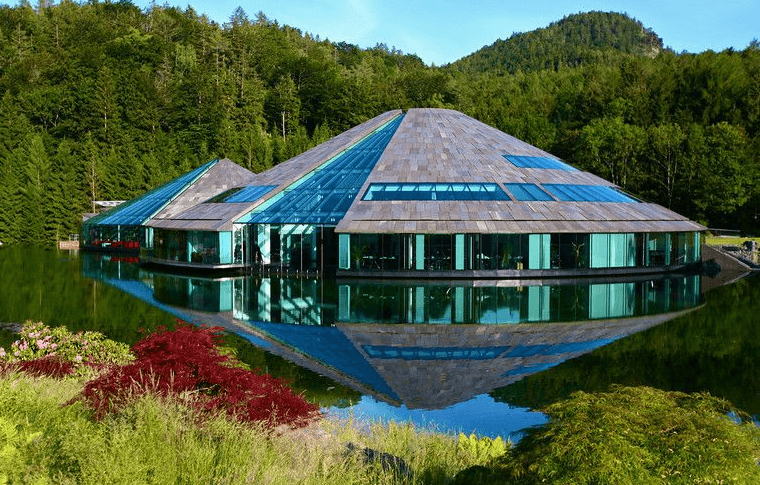
Inspired by a Thai drink, Red Bull GmbH is an Austrian beverage company. It was founded on 1st April 1987 and has its head office in Fuschl am See, Austria. Its key ingredients are caffeine, taurine, sucrose, glucose, alpine spring water, and vitamins. As of 2020, the brand has a 43% share of the energy drink market, making it the leader.
By the close of 2020, Red Bull has a working strength of about 12,618. Currently, it operates in 171 countries worldwide. Drawing strength from its workforce and innovative marketing, the company sold 7.9 billion cans of energy drinks in 2020: an increase of 5.2% of the previous year.
Red Bull has several flavors called editions. Depending on the country, you’ll find flavors like original, sugar-free, total zero, and simple cola. Other flavors are ginger ale, red edition watermelon, and summer edition dragonfruit. In 2020, the brand earned €6.31 billion in revenue.
For nearly thirty years, the company hasn’t changed hands. The primary owners are still in charge of their respective shares. Dietrich controls 49%, and the Yoovidhya family owns 51%.
Is There Bull Sperm In Red Bull?
This is one question about Red Bull that concerns consumers. And it seems not to die out. However, the business has come out to refute this assertion. To them, the drink doesn’t contain any taurine with bull sperm. Instead, the taurine in the beverage is artificially created in a Lab.
My Final Words On Red Bull Logo
The energy drink is alive with massive demand. Its major players are Red Bull, Monster, and Rockstar. Red Bull and Monster control 82% of the market, while Rockstar enjoys a 10% share of this rivalry market. Between Red Bull and Monster, the former leads with 49% market size.
Coca-Cola and Pepsi Cola are two giants in the beverage industry that have entered the energy drink market. Yet, they cannot unseat Red Bull from the top spot.
What’s the underlying secret?
Red Bull and its Thai brand are the forerunner of energy drinks in several countries. They have a novel product with a distinct taste and forceful personality. Their mixture is hard to imitate, leading to many attempted failures by other competitors. Hence, there might be some secret to its ingredients.
Secondly, the company has a celebrated logo. It’s simple, unique, memorable, timeless, easy to spell, and readable. These combined effects make consumers relate well to the brand at an emotional level. Also, you can’t rule out its marketing prowess. It’s part of the success story.

